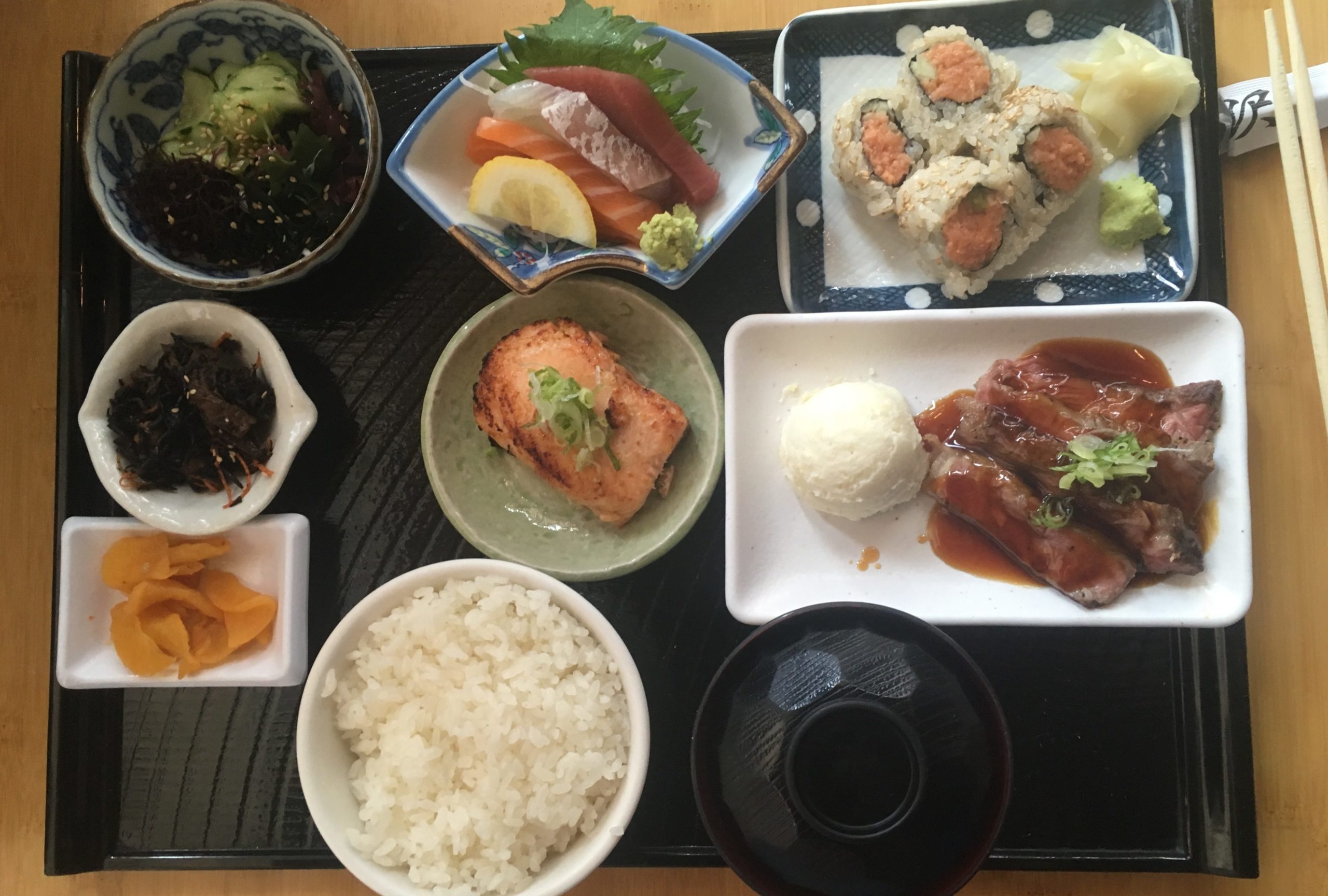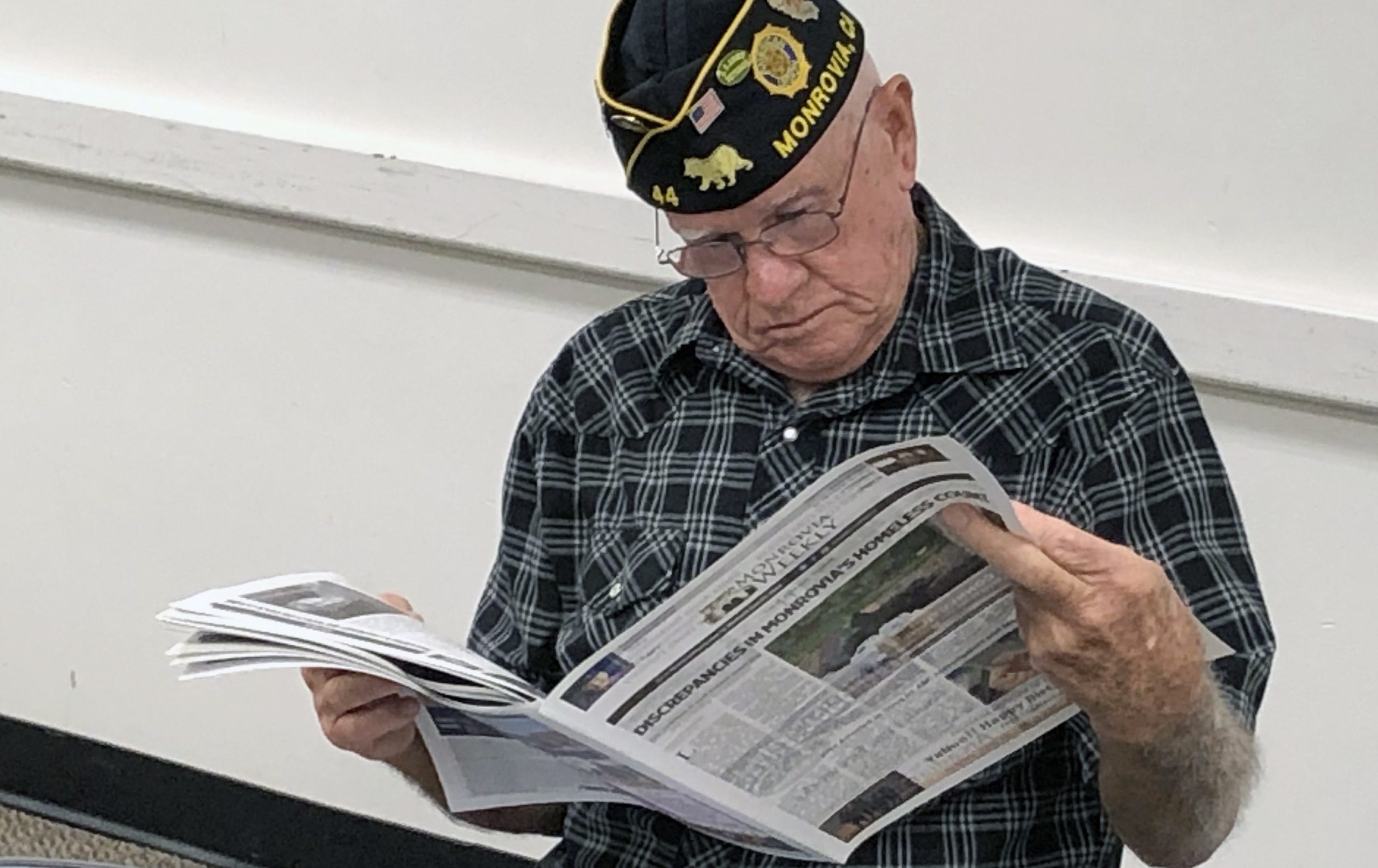
By Susie Ling
“A sister is a little bit of childhood that can never be lost.” The Mimaki sisters – Helen, Bobbi, and Marian – are now 99, 97, and 95. When they came together recently, it was indeed like being with three little girls. “We all have odd-numbered ages now,” said one. Another said, “We used to sing songs while picking berries on our farm.” Like sisters, they finish each other’s thoughts, they touch, they squabble, and they defend each other. Bobbi said, “Marian was such a naughty girl; she once threw a snake at me. And she would get away with it because she was the youngest.”
The Mimaki family came to Monrovia to farm in the Great Depression. On their ten acres, they raised cauliflower, loganberries, youngberries, raspberries, cantaloupe, celery, lettuce, and more. The children attended Santa Fe Elementary, Ivy Ave Junior High, and M.A.D. High School. Marian said, “I remember kids at grade school saying ‘Why don’t you go back.’ I also remember that after the [1933 Long Beach] earthquake, the Black kids came to our school [from Huntington Elementary]. But they were still segregated.”
In the 1930s, these Mimaki sisters – and their family – lived as “1232 E. Walnut” in Monrovia. Historian Steve Baker’s extensive research discovered that Monrovia had TWO streets named Walnut, and that the Mimaki’s Walnut was renamed “Sandra Street” in Mayflower Village – just west of Mayflower Avenue and two blocks north of Live Oak.

A sister said, “I remember the day of Pearl Harbor. We were working in the fields, and all these cars came by yelling. I knew something was wrong.” Marian continued, “When I went to high school, they separated all the Japanese kids. Everyone else went to an assembly but we were left out. It was a very sad time for me. I couldn’t stand it. I ran to the ladies’ room, and I told this fellow student, ‘I just hate the war. I hate the war.’ And I cried.”
Bobbi added, “We left everything. We could only take the clothes on our back.” Like other Monrovians, the Mimakis were forced to Pomona Assembly Center and Heart Mountain concentration camp.
After their return to California, Bobbi said, “I went back to our house in Monrovia once. Everything was gone. The only thing left was a round mahogany dining table. I guess it was too big to haul away. Everything was gone. We had had Japanese kimonos that Mom and Dad had given to each of us. They were all gone. Even the trunks were gone. That was it. Another family had taken over. That was the only time I went back to Monrovia. I never returned again.”
But they have a lot of memories of Monrovia. Marian said, “When I was in high school, I joined the Glee Club. I was the only Japanese. The music teacher took me to a little restaurant in town to eat. I was so embarrassed because I did not know how to use a fork and knife. I was already in high school. I only knew hashi chopsticks.”
The Mimaki sisters always have each other.






